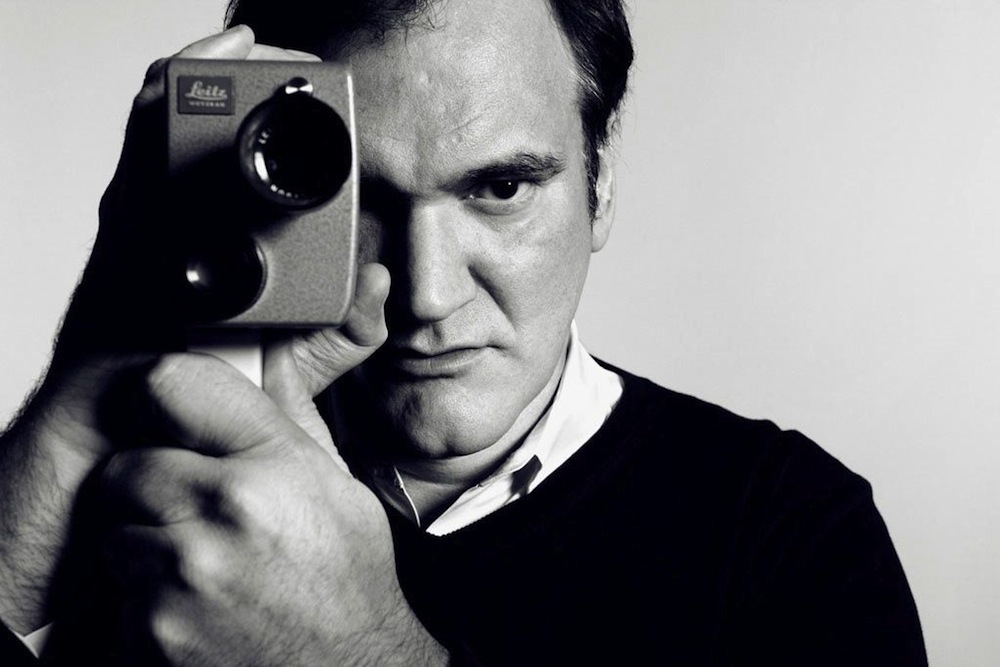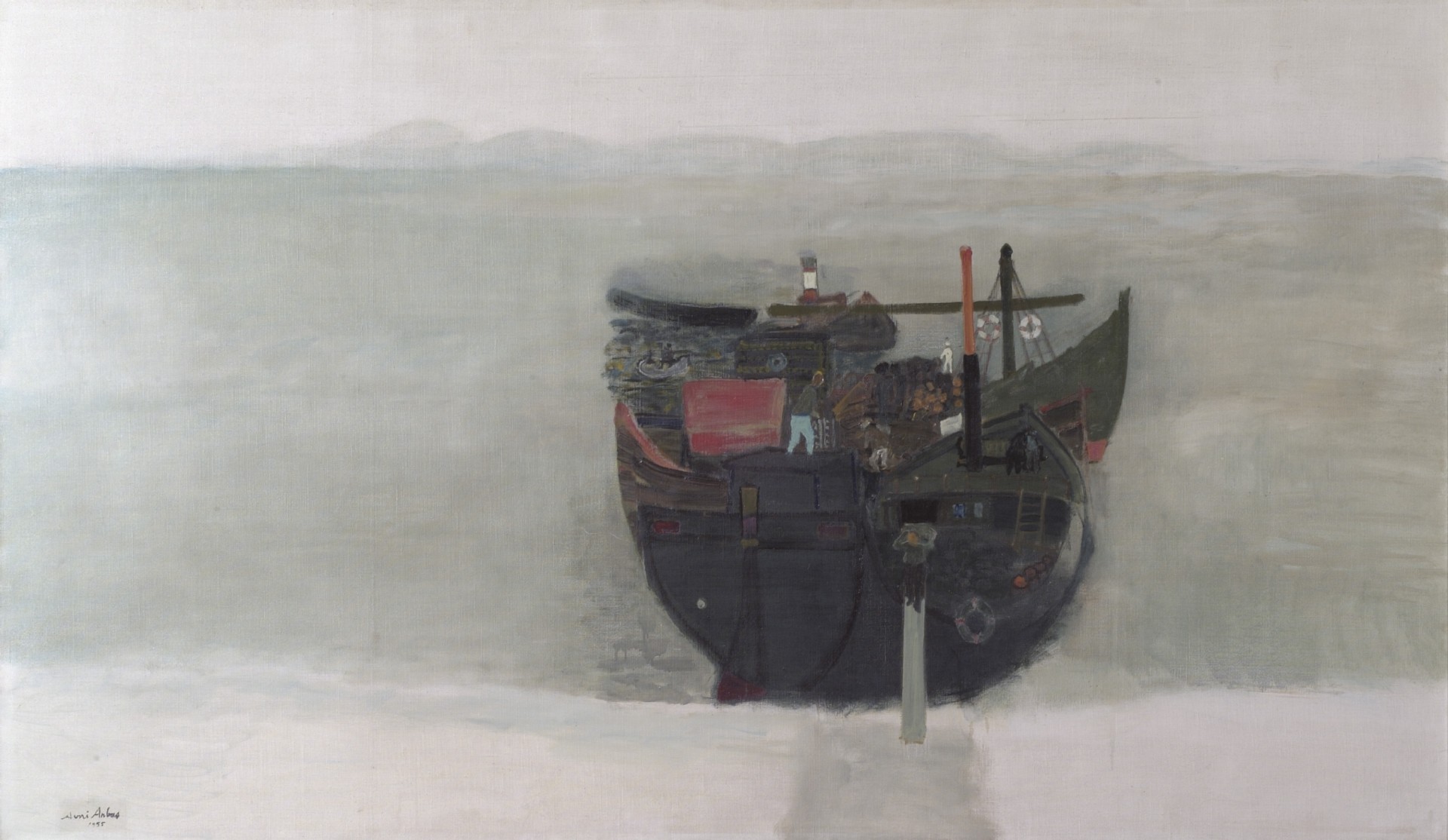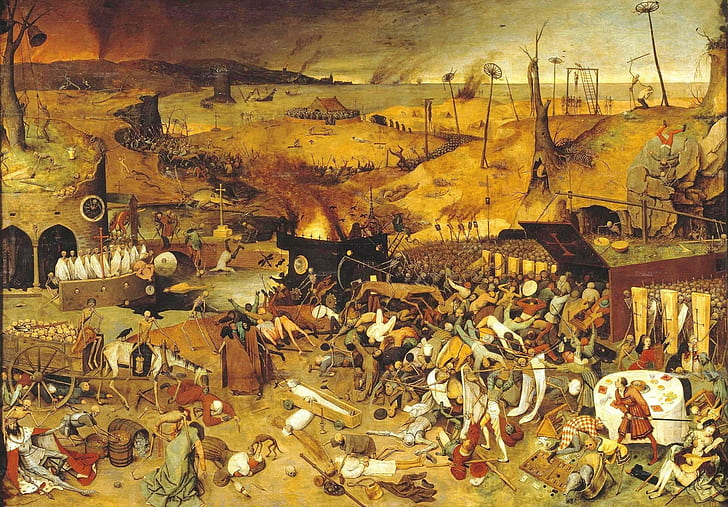When I studied modern history and the wars of the eighteenth century at school, it seemed absurd to me that hundreds of thousands of people had died for some remote fortress or a handful of small villages. The War of the Spanish Succession (1701-14) concluded with the treaties of Utrecht and Rastatt, in which the towns of Breisach and Kehl on the Rhine and Pinerolo in Piedmont changed hands. In that war, between 700,000 and 1.2 million people died, out of a European population around 120 million including Russia. Scaled up to the current population, the equivalent death-toll would be between 4.2 and 7.2 million.
Ten years ago, nobody could have imagined that Europe would risk such a catastrophe for the sake of the Donbass – a region that few of us would have been able to locate on a map. But now this is a plausible outcome of the constantly escalating conflict in Ukraine. Below is a list, compiled by the State Department, of weapons systems, munitions, drones, missiles, etc. given by the United States to Ukraine over the course of the war. I provide it not out of fastidiousness, but to highlight the cumulative effect of arms shipment after arms shipment:
- Over 1,600 Stinger anti-aircraft systems;
- Over 8,500 Javelin anti-armor systems;
- Over 50,000 other anti-armor systems and munitions;
- Over 700 Switchblade Tactical Unmanned Aerial Systems;
- 160 155mm Howitzers and up to 1,094,000 155mm artillery rounds;
- Over 5,800 precision-guided 155mm artillery rounds;
- 10,200 155mm rounds of Remote Anti-Armor Mine (RAAM) Systems;
- 100,000 rounds of 125mm tank ammunition;
- 45,000 152mm artillery rounds;
- 20,000 122mm artillery rounds;
- 50,000 122mm GRAD rockets;
- 72 105mm Howitzers and 370,000 105mm artillery rounds;
- 298 Tactical Vehicles to tow weapons;
- 34 Tactical Vehicles to recover equipment;
- 30 ammunition support vehicles;
- 38 High Mobility Artillery Rocket Systems and ammunition;
- 30 120mm mortar systems and approximately 166,000 120mm mortar rounds;
- 10 82mm mortar systems;
- 10 60mm mortar systems;
- 2,590 Tube-Launched, Optically-Tracked, Wire-Guided (TOW) missiles;
- 545,000 rounds of 25mm ammunition;
- 120mm ammunition;
- Ten Command Post vehicles;
- One Patriot air defense battery and munitions;
- Eight National Advanced Surface-to-Air Missile Systems (NASAMS) and munitions;
- Missiles for HAWK air defense systems;
- RIM-7 missiles for air defense;
- 12 Avenger air defense systems;
- High-speed Anti-radiation missiles (HARMs);
- Precision aerial munitions;
- 4,000 Zuni aircraft rockets;
- 20 Mi-17 helicopters;
- 31 Abrams tanks;
- 45 T-72B tanks;
- 109 Bradley infantry fighting vehicles;
- Over 1,700 High Mobility Multipurpose Wheeled Vehicles (HMMWVs);
- Over 100 light tactical vehicles;
- 44 trucks and 88 trailers to transport heavy equipment;
- 90 Stryker Armored Personnel Carriers;
- 300 M113 Armored Personnel Carriers;
- 250 M1117 Armored Security Vehicles;
- 580 Mine Resistant Ambush Protected Vehicles (MRAPs);
- Six armored utility trucks;
- Mine clearing equipment and systems;
- Over 13,000 grenade launchers and small arms;
- Over 111,000,000 rounds of small arms ammunition;
- Over 75,000 sets of body armor and helmets;
- Approximately 1,800 Phoenix Ghost Tactical Unmanned Aerial Systems;
- Laser-guided rocket systems;
- Puma Unmanned Aerial Systems;
- 15 Scan Eagle Unmanned Aerial Systems;
- Two radars for Unmanned Aerial Systems;
- Unmanned Coastal Defense Vessels;
- Over 50 counter-artillery radars;
- Four counter-mortar radars;
- 20 multi-mission radars;
- Counter-Unmanned Aerial Systems and equipment;
- Counter air defense capability;
- Ten air surveillance radars;
- Two harpoon coastal defense systems;
- 58 coastal and riverine patrol boats;
- M18A1 Claymore anti-personnel munitions;
- C-4 explosives, demolition munitions, and demolition equipment for obstacle clearing;
- Obstacle emplacement equipment;
- Tactical secure communications systems;
- Four satellite communications antennas;
- SATCOM terminals and services;
- Thousands of night vision devices, surveillance systems, thermal imagery systems, optics, and laser rangefinders;
- Commercial satellite imagery services;
- Explosive ordnance disposal equipment and protective gear;
- Chemical, Biological, Radiological, Nuclear protective equipment;
- 100 armored medical treatment vehicles;
- Over 350 generators;
- Medical supplies to include first aid kits, bandages, monitors, and other equipment;
- Electronic jamming equipment;
- Field equipment, cold weather gear, and spare parts;
- Funding for training, maintenance, and sustainment.
The State Department goes on to say that
As of 9 September 2022, nearly 50 Allies and partner countries have provided security assistance to Ukraine. Among their many contributions, Allies and partners have delivered 10 long-range Multiple Launch Rocket Systems (MLRS), 178 long-range artillery systems, nearly 100,000 rounds of long-range artillery ammunition, nearly 250,000 anti-tank munitions, 359 tanks, 629 armored personnel carriers and infantry fighting vehicles (IFVs), 8,214 short-range air defense missiles, and 88 lethal UAVs. Since February 24, Allies and partners worldwide have provided or committed over $13 billion in security assistance.
Some may notice that the list doesn’t specify exactly how many ‘Puma Unmanned Aerial Systems’ have been provided, nor does it provide any precise information on the quantity of several other pieces of military equipment (this is still a great improvement in transparency compared to European states, though, who routinely invoke ‘security concerns’ to dismiss questions about the weapons they’re sending to Kiev). We can see that the 31 Abrams tanks, object of much discussion, aren’t in fact the first tanks sent to Ukraine; 41 recycled ex-Soviet T-72Bs had already been sent, along with 1,700 Humvees and 109 Bradley Fighting Vehicles (not to mention naval drones).
Faced with this avalanche of armaments, we might ask why nobody is talking about the profits of the defence industry. In the past, arms dealers would have at least been denounced for harvesting the spoils of war. Today, the Financial Times merely complains that US suppliers are reaching the limits of their productive capacities and would struggle to meet demand if another front was to open. An incredible torpor has taken hold of Western public opinion. ‘Peace-washing’ is the foreign-policy hawk’s new pastime: accelerating the war through the ever-increasing provision of weapons is seen as the best way to accelerate peace – because, in the absence of those arms, Russia would supposedly invade the Baltic states, followed by Poland and Finland. Bombs and tanks are seen as essential to curb a dreaded Muscovite imperialism, even though the repeated failure of Russian offensives has undermined any notion of its might, and Russia’s GDP – along with its industrial capacities – remains inferior to that of semi-peripheral countries like Italy.
What seems to have come back into fashion, at least in the US, is the military-Keynesianism Michael Klare has taught us so much about: the revival of the economy through war. But compared to the military-Keynesianism of the 1960s – Lyndon Johnson’s ‘Great Society’, financed at least in part by the productive boom generated by the Vietnam War – what’s underway today has a more archaic flavour. It evokes the first two years of WWI, those months in which the US officially sat on the fence, furnishing the arsenals of the European powers locked in battle against the central powers (Germany, the Habsburg Empire, and later the Ottoman Empire), and witnessed the evisceration of the planetary supremacy of the British Navy, before intervening once the enemy was practically exhausted (even though earlier involvement may have spared them the Russian Revolution).
Much like today, the US extracted profit from a war fought on a faraway continent (a situation that was to recur with the European and Asian theatres of WWII). Then, as now, there’s something particularly vile – if you’ll permit the term – about the US telling its proxy warriors: we must be united in the defence of democracy and freedom against authoritarianism; we’ll arm you, but you do the dying. Oh, and your country will be pulverised in the process. (‘Armiamoci e partite’ was a popular early twentieth-century riposte to such militarism.)
The similarities don’t stop there. The strongest resemblance between past and present lies in the elite somnambulism bringing us to the brink of world war and nuclear holocaust. I’m referring here to a work – often cited but rarely read – by the Australian historian Christopher Clark, The Sleepwalkers: How Europe Went to War in 1914 (2013). The most charitable way to explain Joe Biden’s assertion that sending tanks to Ukraine ‘is not an offensive threat to Russia’, is that he’s become a Clarkian sleepwalker. Either that, or he is just brazenly, criminally reckless. Of course, the function of the media should be to underscore the potential consequences of such actions; but even the most respectable publications are currently engaged in out-hawking one another. On 30 January, Foreign Affairs published what looked like a promising article by Michael McFaul, the former US ambassador to Russia, entitled ‘How To Get A Breakthrough In Ukraine’. The subtitle, ‘The Case Against Incrementalism’, was even more encouraging. Was this, at last, an argument against escalation from a uniquely cool-headed outlet? Forget it. McFaul’s point was that US should halt the gradual provision of arms and instead unload a massive amount of cutting-edge weaponry on Ukraine in the hope of securing a crushing victory. While conceding that ‘there are risks to providing more and better weapons’, he noted that these were outweighed by the ‘risks of not doing so’.
What are the risks of escalation? Last May, I wrote for Sidecar that
contrary to what common sense would dictate, the stalling of Putin’s military advance has actually undermined the hopes for peace. The Kremlin could never expose itself to Russian public opinion and sit down for talks without having achieved any of its war aims, for that would highlight the failure of its offensive. And NATO, for its part, has no interest in de-escalating the conflict. It will not spare Russia from punishment, either for its atrocities in Bucha or its insubordination before the US hegemon . . . As Russia comes unstuck in Ukraine, its enemies are no longer compelled to negotiate; they therefore become more intransigent and change the negotiating terms, leading Russia to intensify its efforts, and so on. The first victim of this cycle is the Ukrainian people. The outcome of stalling negotiations is the shelling of more cities and the death of more civilians. The West will continue to trumpet its values over their corpses (unless it decides to intervene directly and trigger a nuclear war). To paraphrase an old saying: it’s easy to play the hero when someone else’s neck is on the line.
Compared to the spring of last year, the current situation is infinitely worse. Positions are even more entrenched. For Putin the war has become a matter of life and death, with Russia’s very existence on the line. The proof of this lies in the position taken up by the ECR Group, the conservative bloc in the European Parliament, which claimed in a statement on 31 January that the only possible outcome of the war was Russia’s break-up into different states:
It is naive to think that the Russian Federation can remain within the same constitutional and territorial framework. Taking into account the national and ethnic map of the territories of the Russian Federation, we should discuss the prospects for the creation of free and independent states in the post-Russian space, as well as the prospects for their stability and prosperity.
The more likely this result, the more dangerous the ‘Russian bear’ will become (how expressive are these ancient stereotypes!). The US, meanwhile, is growing increasingly belligerent – not only towards Moscow, but towards Beijing. Let’s not forget that Washington has initiated a de facto technological world war on China – with the head of the US Air Mobility Command, Miki Minihan, predicting an all-out war in 2025.
Numbed by relentless propaganda, public opinion finds itself in a state of political catalepsy. Everyone since Dr Johnson has repeated the axiom that truth is the first casualty of war, but few have stopped to ask which truths are being killed in this war. The Russians have surely been asked to swallow many lies. But what fables have we been told? For months, we heard that the Russians had bombarded a nuclear plant occupied by the Russian army: that is, that they had attacked themselves. It was also suggested that they blew up their own gas pipeline last September. Only the Russians bomb infrastructure and civilians, force young men into battle and censor the realities of war – never our side. Once it was usual to discuss the role of ‘embedded’ correspondents on the frontlines. Now we unflinchingly accept their recruitment, replete with helmets and bulletproof vests.
As I’ll never tire of saying: in war, the law of the excluded middle does not apply. It’s simply not the case that if one side is wrong, the other must be right; the negation of a falsehood is not by definition true. Everyone can be in the wrong, everyone can be lying. NATO’s aggression and expansionism doesn’t turn Putin into an innocent little lamb. And Russia’s unjustifiable invasion of Ukraine doesn’t absolve NATO of its responsibility in producing the conflict. In today’s world, we rely on elites – technocrats, the ‘cognitive aristocracy’ – to pilot us through perilous waters with their superior wisdom. But what does this stratum of decision-makers really know? Judging from the shipwreck they’re heading towards at top speed, the answer is: not much.
Read on: Susan Watkins, ‘Five Wars in One’, NLR 137.

















